World Heritage Sites
The United Nations Educational, Scientific and Cultural Organization (UNESCO) designates World Heritage Sites of outstanding universal value to cultural or natural heritage which have been nominated by countries which are signatories to the UNESCO World Heritage Convention, established in 1972. Cultural heritage consists of monuments (such as architectural works, monumental sculptures, or inscriptions), groups of buildings, and sites (including archaeological sites). Natural features (consisting of physical and biological formations), geological and physiographical formations (including habitats of threatened species of animals and plants), and natural sites which are important from the point of view of science, conservation or natural beauty, are defined as natural heritage. Serbia succeeded the convention on 11 September 2001, following the breakup of Yugoslavia.
As of 2021, there are five sites in Serbia on the list and eleven on the tentative list. The first site in Serbia to be added to the list was Stari Ras and Sopoćani, inscribed at the 3rd UNESCO session in 1979. Further sites were added to the list in 1986, 2004, 2007, and 2017. All are listed as cultural sites, as determined by the organization’s selection criteria. Four out of five sites date to the medieval period while the fifth, the Gamzigrad complex, dates to late antiquity. The Medieval Monuments in Kosovo site, first added to the list in 2004 and expanded two years later, has been on UNESCO’s list of endangered sites since 2006 due to difficulties in its management and conservation stemming from the region’s political instability. The Stećci Medieval Tombstones Graveyards site is a transnational entry, shared with three neighboring countries.
As of 2021, there are five sites in Serbia on the list and eleven on the tentative list. The first site in Serbia to be added to the list was Stari Ras and Sopoćani, inscribed at the 3rd UNESCO session in 1979. Further sites were added to the list in 1986, 2004, 2007, and 2017. All are listed as cultural sites, as determined by the organization’s selection criteria. Four out of five sites date to the medieval period while the fifth, the Gamzigrad complex, dates to late antiquity. The Medieval Monuments in Kosovo site, first added to the list in 2004 and expanded two years later, has been on UNESCO’s list of endangered sites since 2006 due to difficulties in its management and conservation stemming from the region’s political instability. The Stećci Medieval Tombstones Graveyards site is a transnational entry, shared with three neighboring countries.
Stari Ras & Sopoćani
Stari Ras and Sopoćani is a serial property consisting of four separate components located in the Raška region of southern Serbia: Sopoćani Monastery, Djurdjevi Stupovi Monastery, Holy Apostles St Peter and St Paul Church (St Peter’s Church), and the archaeological site of the Medieval Town of Ras. The impressive collection of three ecclesiastical monuments dating from the 10th to the 13th centuries eminently illustrates the birth of artistic activity in medieval Serbia, which attained the highest standards in the art and culture of the Byzantine Empire and the regions of Central and Southeastern Europe. The unique architectural complex formed by numerous structures in Stari Ras (Old Ras), situated at a crossroads of eastern and western influences, testifies to the period from 12th to the early 14th centuries when the ancient town was the first capital of the Serbian state.
Stari Ras
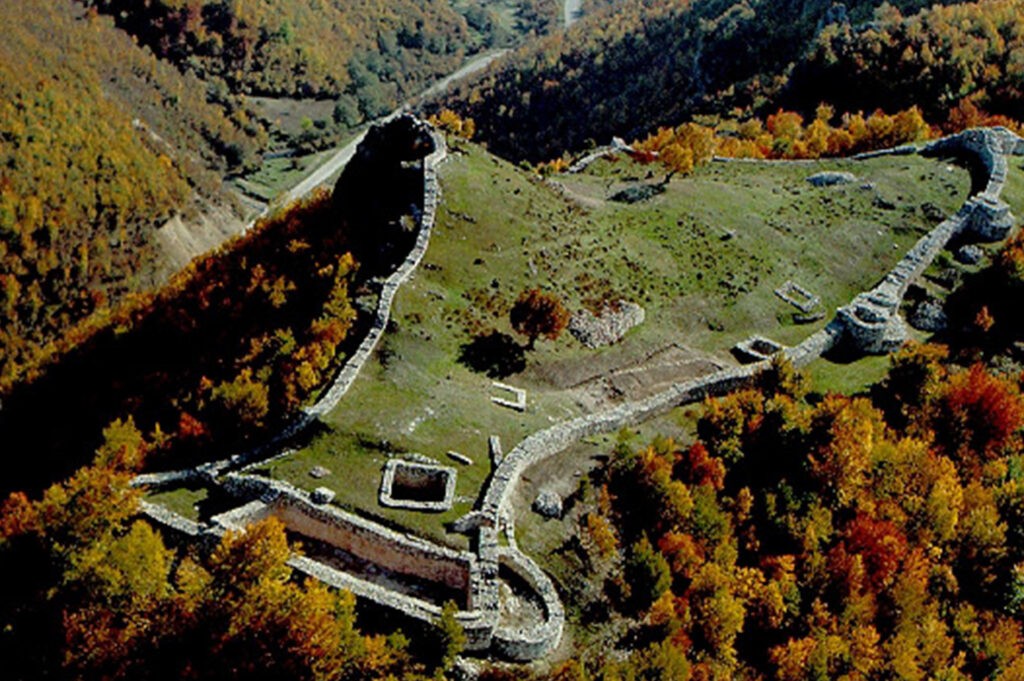
The Church of the Holy Apostles Peter and Paul
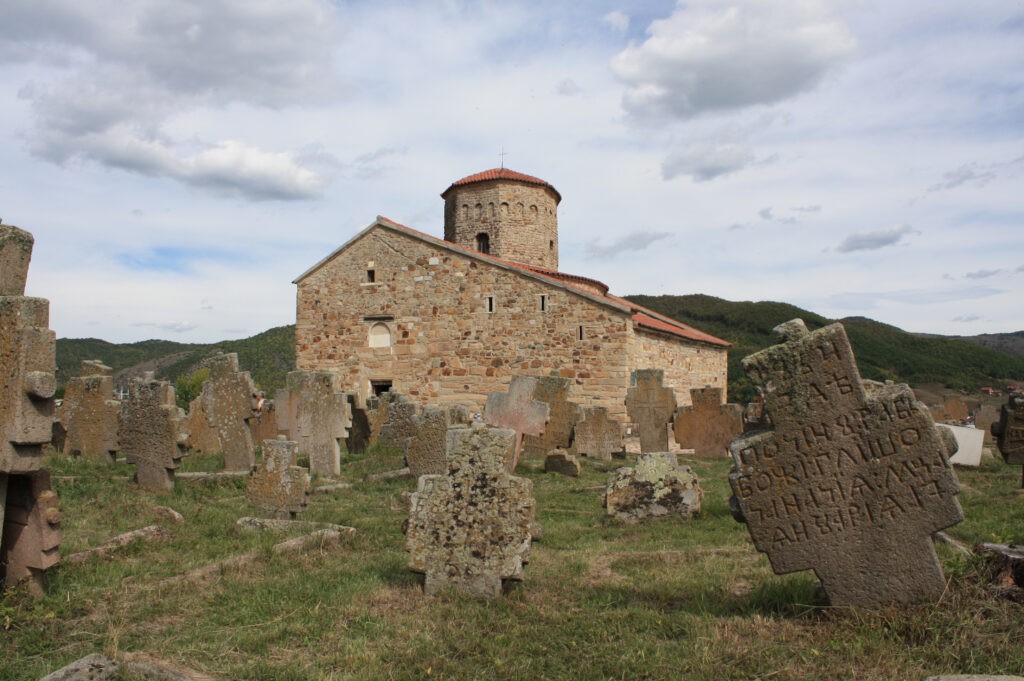
The Đurđevi Stupovi Monastery
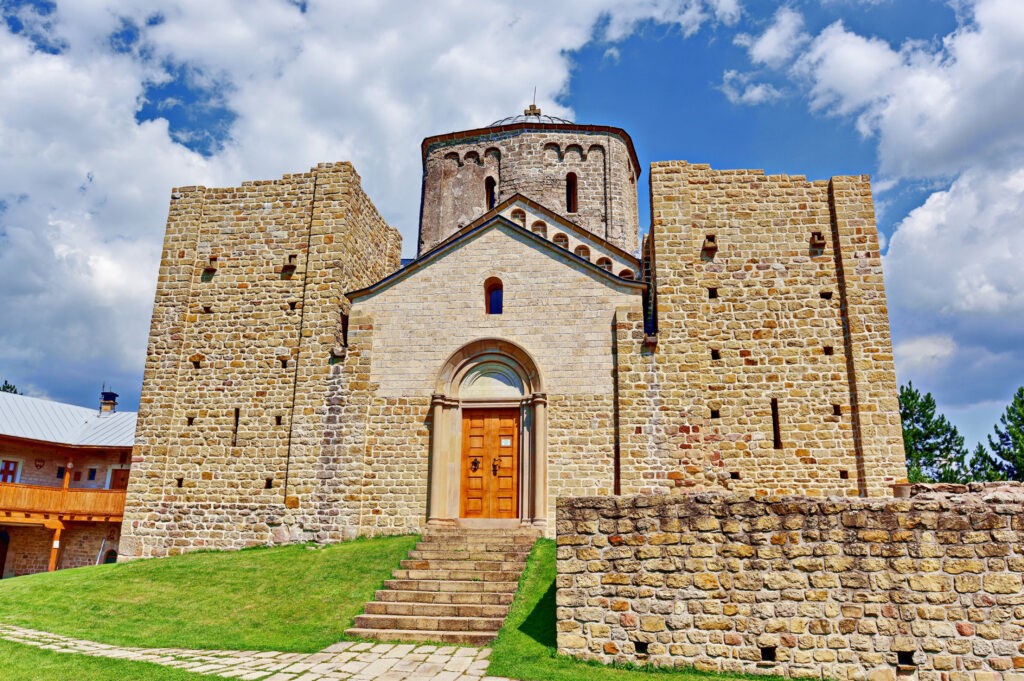
The Sopoćani Monastery
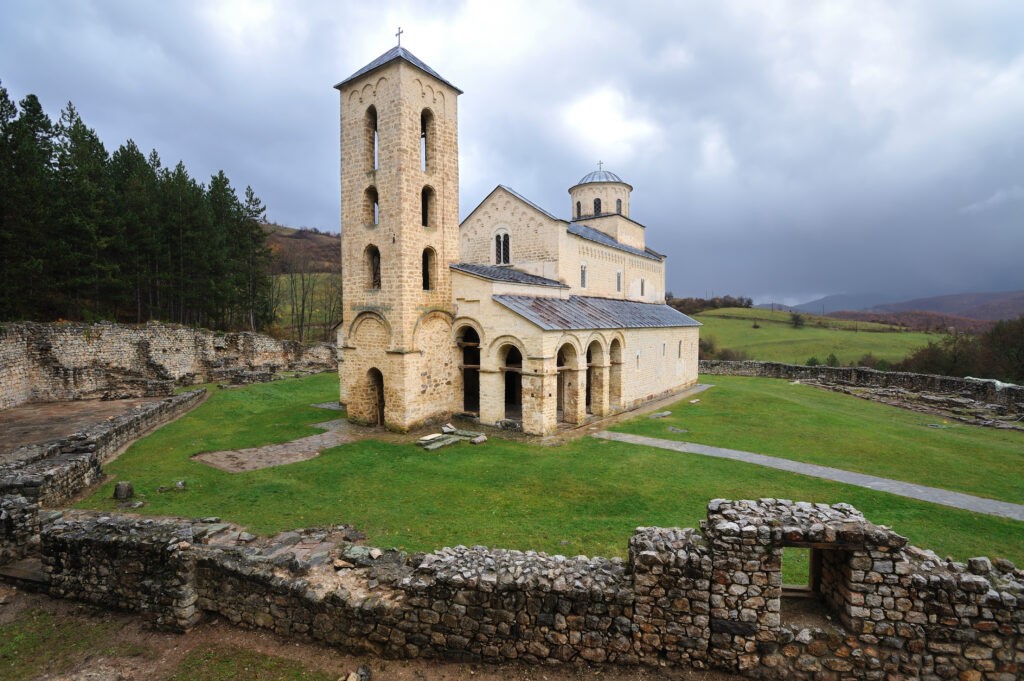
The Studenica Monastery
Studenica Monastery, located in the Raška district of central Serbia, is the largest and richest of Serbia’s Orthodox monasteries. It was founded near Studenica river in the late 12th century by Stefan Nemanja, also known as Saint Simeon, who established the medieval Serbian state. His remains, as well as those of his wife Anastasia and of the first Serbian king, Stephen the First-Crowned, rest in this monastery. It is there that Stefan Nemanja’s youngest son, Saint Sava Nemanjić, initiated the independent Serbian Orthodox Church in 1219 and wrote the first literary work in the Serbian language. The complex’s two principal monuments, the Church of the Virgin and the King’s Church, enshrine priceless collections of 13th- and 14th-century Byzantine paintings. Studenica became the most important monastery in Serbia, and has remained so to the present day.
read more
Medival monuments in Kosovo
The Medieval Monuments in Kosovo are a World Heritage Site consisting of four Serbian Orthodox Christian churches and monasteries which represent the fusion of the eastern Orthodox Byzantine and the western Romanesque ecclesiastical architecture to form the Palaiologian Renaissance style. The construction was founded by members of Nemanjić dynasty, the most important dynasty of Serbia in the Middle Ages. The sites are located in the autonomous province of Kosovo and Metohija.
In 2004, UNESCO recognized the Visoki Dečani Monastery for its outstanding universal value. Two years later, the site of patrimony was extended as a serial nomination, to include three other religious monuments: Patriarchate of Peć Monastery, Our Lady of Ljeviš and Gračanica Monastery.
In 2006 the property was inscribed on the list of World Heritage in Danger due to difficulties in its management and conservation stemming from the region’s political instability.
In 2004, UNESCO recognized the Visoki Dečani Monastery for its outstanding universal value. Two years later, the site of patrimony was extended as a serial nomination, to include three other religious monuments: Patriarchate of Peć Monastery, Our Lady of Ljeviš and Gračanica Monastery.
In 2006 the property was inscribed on the list of World Heritage in Danger due to difficulties in its management and conservation stemming from the region’s political instability.
The Patriarchate of Peć Monastery
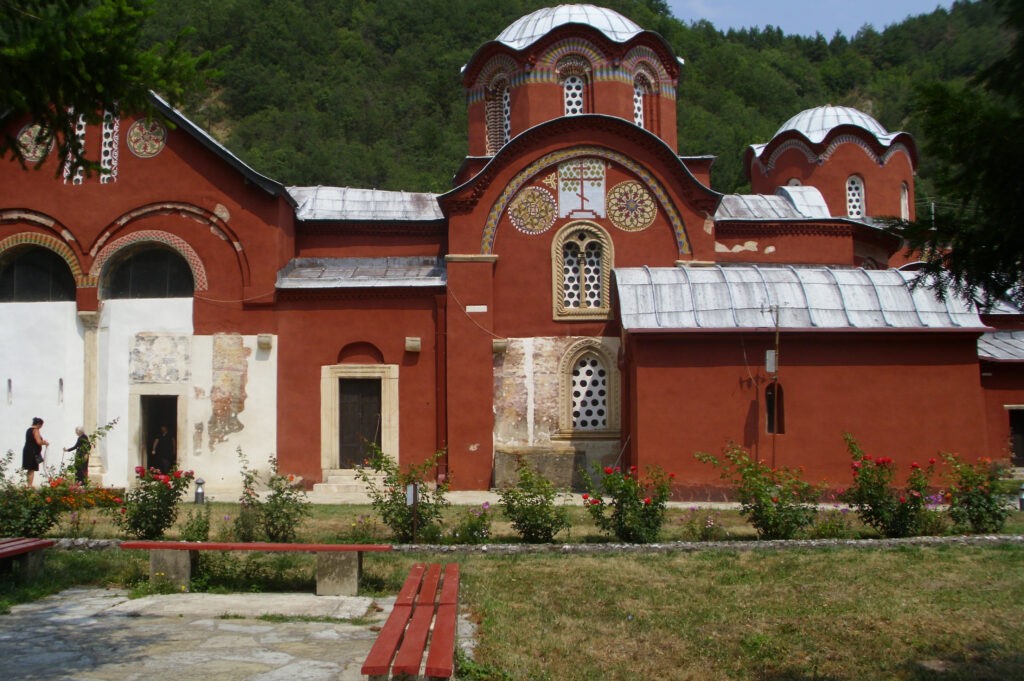
The Visoki Dečani Monastery
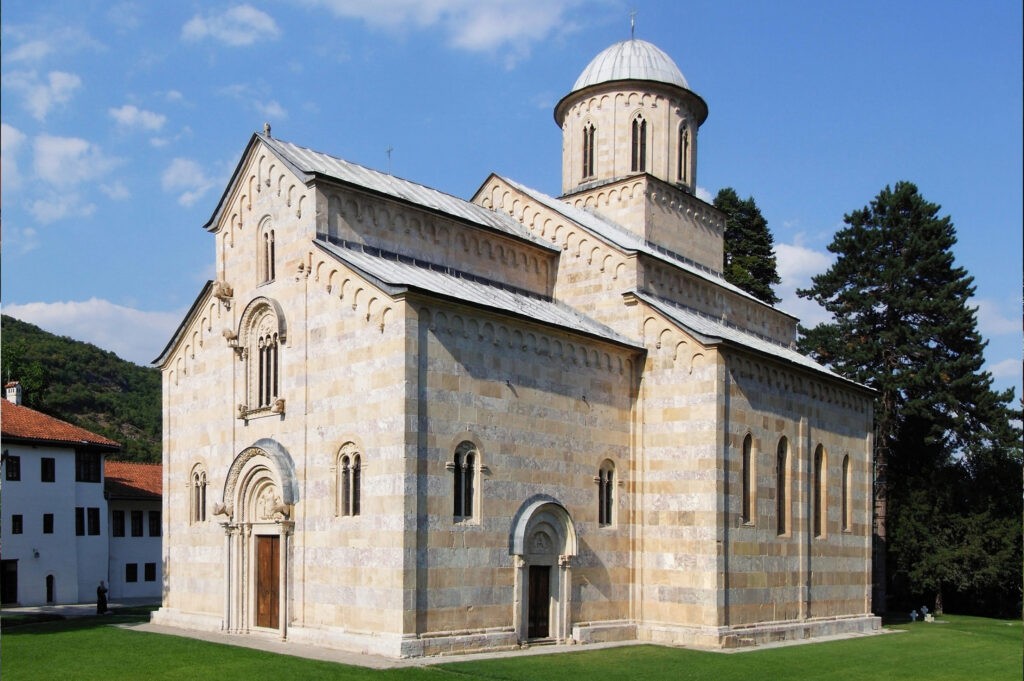
The Gračanica Monastery
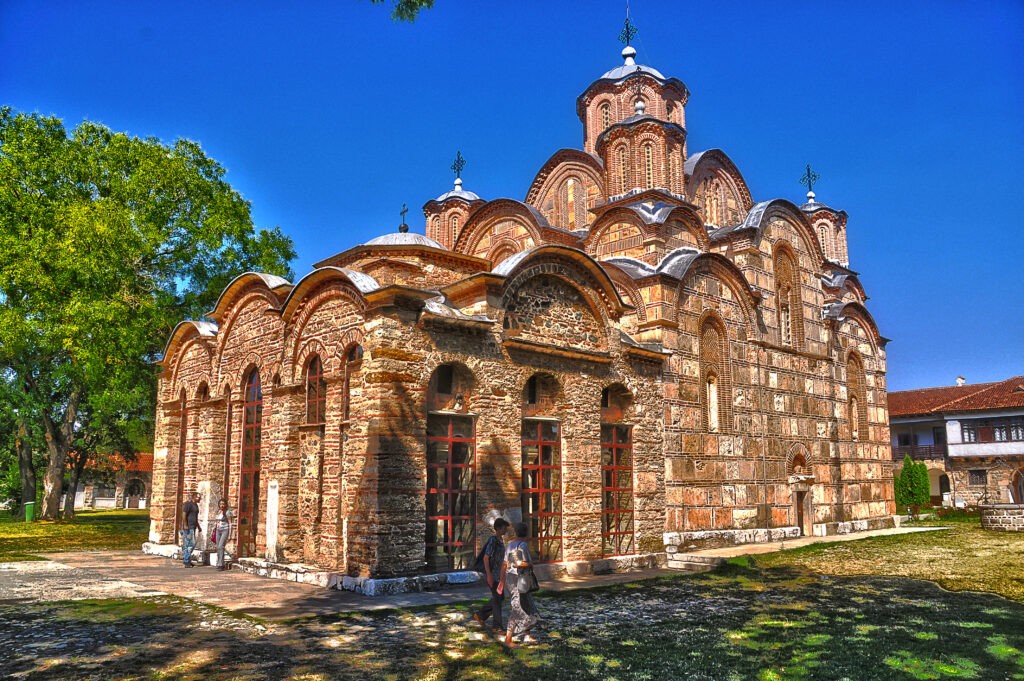
Our Lady of Ljeviš
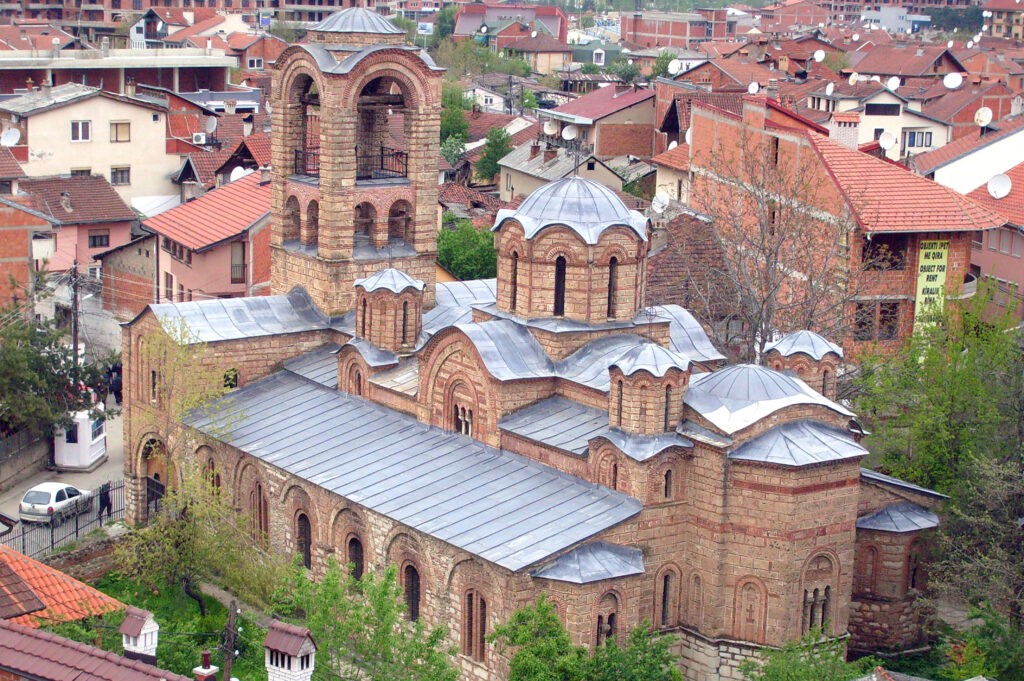
Gamzigrad - Romuliana, Palace of Galerius
The Late Roman fortified palace compound and memorial complex of Gamzigrad-Romuliana, Palace of Galerius, in the east of Serbia, was commissioned by Emperor Caius Valerius Galerius Maximianus, in the late 3rd and early 4th centuries. It was known as Felix Romuliana, named after the emperor’s mother. The site consists of fortifications, the palace in the north-western part of the complex, basilicas, temples, hot baths, memorial complex, and a tetrapylon. The group of buildings is also unique in its intertwining of ceremonial and memorial functions.
The strong fortifications of the palace are an allusion to the fact that the Tetrarchy Emperors were all senior military leaders. The spatial and visual relationships between the palace and the memorial complex, where the mausoleums of the Emperor and his mother Romula are located, are unique. The fortifications, the palace, and the memorial complex are a unique testimony of the Roman construction tradition pervaded by the ideological programme of the Second Tetrachy and Galerius himself as their builder.
The group of buildings comprising the architectural complex of the Emperor Galerius is unique in that it intertwines the ceremonial and the memorial programme. The relation between two spatial ensembles is stressed by placing the Tetrapylon on the crossroads between the worldly fortification with the palace and the other-worldly mausoleums and consecration monuments.
The strong fortifications of the palace are an allusion to the fact that the Tetrarchy Emperors were all senior military leaders. The spatial and visual relationships between the palace and the memorial complex, where the mausoleums of the Emperor and his mother Romula are located, are unique. The fortifications, the palace, and the memorial complex are a unique testimony of the Roman construction tradition pervaded by the ideological programme of the Second Tetrachy and Galerius himself as their builder.
The group of buildings comprising the architectural complex of the Emperor Galerius is unique in that it intertwines the ceremonial and the memorial programme. The relation between two spatial ensembles is stressed by placing the Tetrapylon on the crossroads between the worldly fortification with the palace and the other-worldly mausoleums and consecration monuments.
Stećci Medieval Tombstones Graveyards
Stećci (sing. stećak) or the medieval tombstones are the monolith stone monuments found in the regions of the western Serbia, Bosnia and Herzegovina, western Montenegro and central and southern Croatia. They first appeared in the 12th century and reached their peak in the 14th and 15th century. The cemeteries, are laid out in rows, as was the common custom in Europe from the Middle Ages. The stećci are mostly carved from limestone. They feature a wide range of decorative motifs and inscriptions that represent iconographic continuities within medieval Europe as well as locally distinctive traditions. There are three sites inscribed in Serbia, at Perućac, Rastište, and Hrta.
The stećci are exceptional testimony to the spiritual, artistic and historical aspects of the medieval cultures of southeastern Europe, an area where traditions and influences of the European west, east and south entwined with earlier traditions. The stećci are notable for their inter-confessionality, used for burial by all three medieval Christian communities, including the Orthodox Church, the Catholic Church and the Church of Bosnia. The characteristics that distinguish stećci from the overall corpus of Europe’s medieval heritage and sepulchral art, include the vast number of preserved monuments (over 70,000 located within over 3,300 sites), the diversity of forms and motifs, the richness of reliefs, epigraphy and the richness of the intangible cultural heritage. The selected components represent a range of graveyard scales and settings.
The stećci have been deeply embedded in historical and continual cultural traditions and beliefs and toponyms demonstrate the historical meanings and significance of the stećci. The stećci are associated with local folk and fairy tales, superstitions and customs; and their epigraphy and reliefs have significantly influenced the contemporary literature and other forms of art in all four countries, but also wider in the region.
The stećci are exceptional testimony to the spiritual, artistic and historical aspects of the medieval cultures of southeastern Europe, an area where traditions and influences of the European west, east and south entwined with earlier traditions. The stećci are notable for their inter-confessionality, used for burial by all three medieval Christian communities, including the Orthodox Church, the Catholic Church and the Church of Bosnia. The characteristics that distinguish stećci from the overall corpus of Europe’s medieval heritage and sepulchral art, include the vast number of preserved monuments (over 70,000 located within over 3,300 sites), the diversity of forms and motifs, the richness of reliefs, epigraphy and the richness of the intangible cultural heritage. The selected components represent a range of graveyard scales and settings.
The stećci have been deeply embedded in historical and continual cultural traditions and beliefs and toponyms demonstrate the historical meanings and significance of the stećci. The stećci are associated with local folk and fairy tales, superstitions and customs; and their epigraphy and reliefs have significantly influenced the contemporary literature and other forms of art in all four countries, but also wider in the region.
